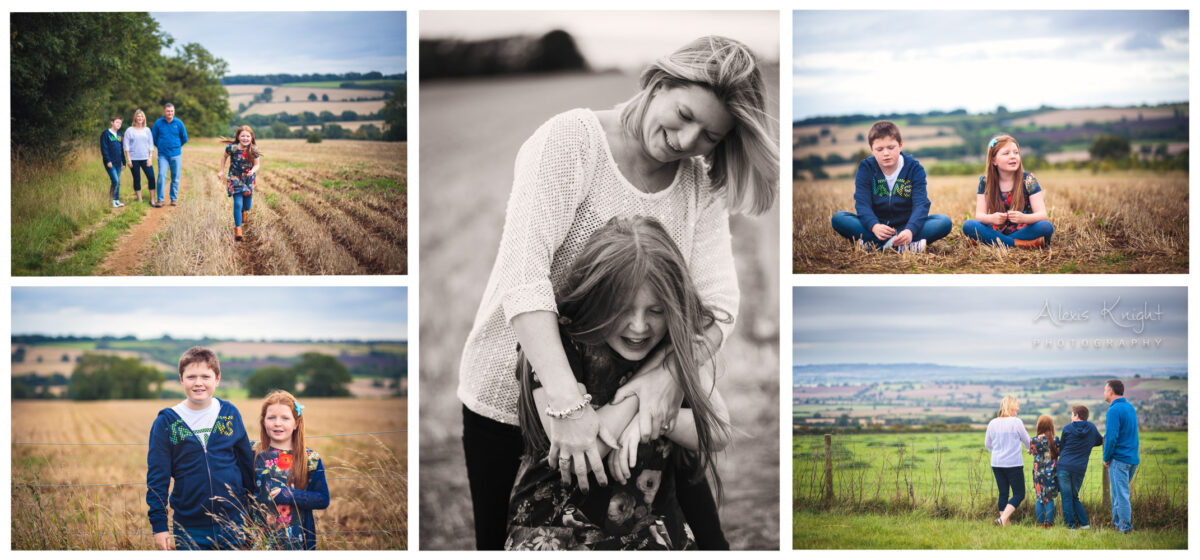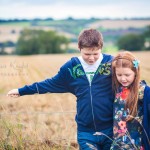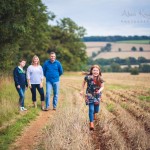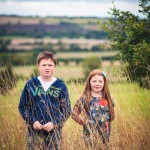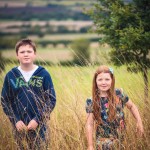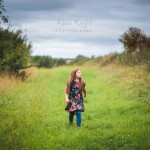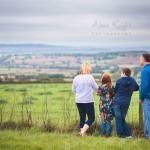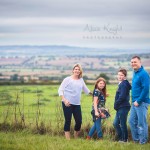I did this family photo shoot in the beautiful countryside surrounding the ancient Rollright Stones. The Thompson’s were the winning bidders of an auction I had donated the shoot to. The money raised went to the new classroom at Great Rollright Primary School. They were a lot of fun to work with and kept me very busy! The children had so much fun, messing around and just being themselves, so I played along and had a great time too.
I love doing outdoor family photography. Having set up studios for family shoots in the past, my job would be so much harder getting the children to really have fun and enjoy themselves, as a studio set up is so un-natural. Outside, I mainly leave them to it, let them be themselves. Who doesn’t enjoy a beautiful walk in nature? The backdrops we have on our doorstep are so beautiful, so why not use them!
I hope this lot make you smile.
About the Rollright Stones:
Wikipedia:
The Rollright Stones is a complex of three Neolithic and Bronze Age megalithic monuments near the village ofLong Compton on the borders of Oxfordshire and Warwickshire in the English Midlands. Constructed from localoolitic limestone, the three monuments now known as the King’s Men, the King Stone and the Whispering Knights, are distinct in their design and purpose, and were built at different periods in late prehistory. The stretch of time during which the three monuments were erected bears witness to a continuous tradition of ritual behaviour on sacred ground, from the 4th to the 2nd millennium BCE.[1]
The first to be constructed was the Whispering Knights, a dolmen that dates to the Early or Middle Neolithic period and which was likely to have been used as a place of burial. This was followed by the King’s Men, a stone circlewhich was constructed in the Late Neolithic or Early Bronze Age; unusually, it has parallels to other circles located further north, in the Lake District, implying a trade-based or ritual connection. The third monument, the King Stone, is a single monolith, and although it is not known when it was constructed, the dominant theory amongst archaeologists is that it was a Bronze Age grave marker.
The name “Rollright” is thought to derive from the Old English Hrolla-landriht, meaning “the land of Hrolla”. By the Early Modern period, folkloric stories had grown up around the Stones, telling of how they had once been a king and his knights who had been turned to stone by a witch; such stories continued to be taught amongst local people well into the 19th century. Meanwhile, antiquarians such as William Camden, John Aubrey and William Stukeley had begun to take an interest in the monuments, leading to fuller archaeological investigations in the 20th century, culminating in excavations run by George Lambrick in the 1980s.
In the 20th century, the stones became an important site for adherents of various forms of Contemporary Paganism, as well as for other esotericists who hold magico-religious ceremonies there. They also began to appear more widely in popular culture, featuring in television, literature, music and art.

